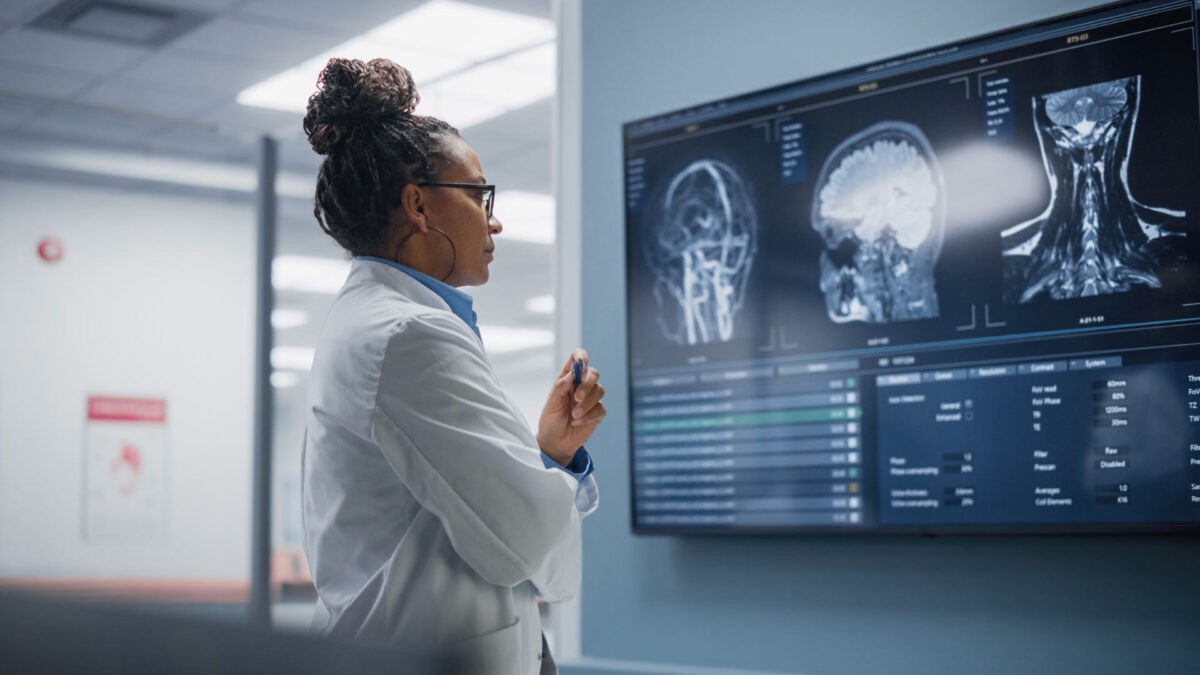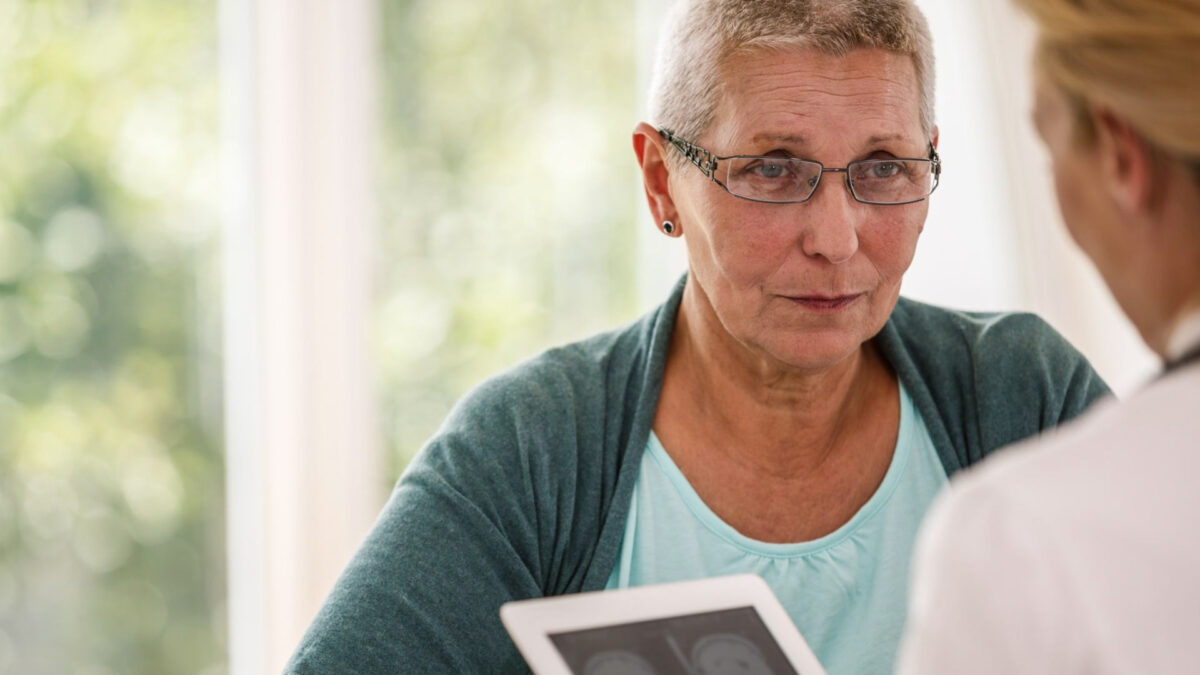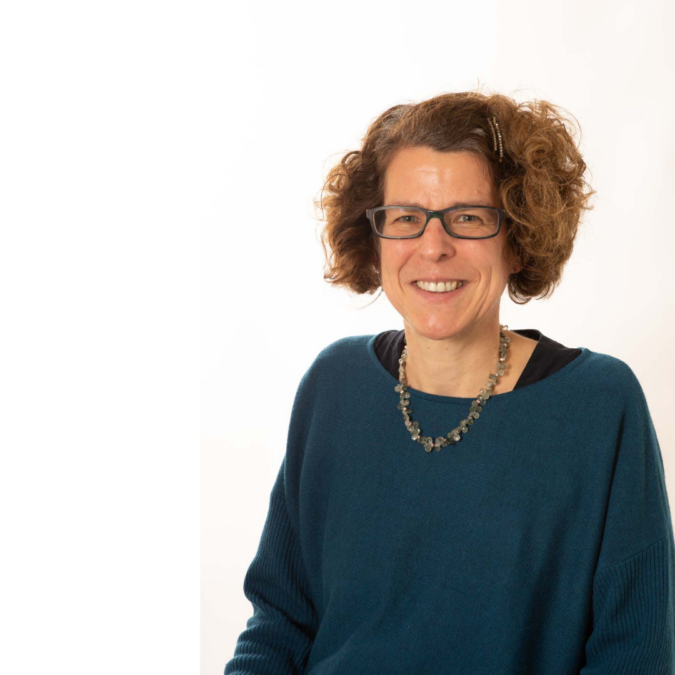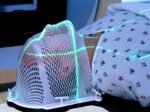Sarcomas are rare types of cancer that originate from the body’s connective tissues, such as bones, muscles, tendons, cartilage, and fat. There are around 100 different subtypes of sarcoma. Sarcomas can develop anywhere in the body and can affect individuals of all age groups. Sarcomas are divided into soft tissue sarcomas and primary bone sarcomas.
If you’ve been diagnosed with a sarcoma, it can be a worrying time for both yourself and the family and friends around you. In this article, we share the signs and symptoms of sarcomas, the treatment options available, and most importantly the support available as you navigate this challenging time of your life.
In recognition of Sarcoma Awareness Month this July, we want to bring to the forefront a reminder that you are not alone, and there is a wide network of support and help available to you at every stage of your diagnosis and treatment.
How many people are diagnosed in the UK with sarcomas every year?
Macmillan Cancer Support, a specialist charity that provides services for people living with cancer and funds vital research, estimates that each year about 4,300 people in England are diagnosed with soft tissue sarcoma, and about 550 people are diagnosed with bone sarcoma in the UK.
What is the most common type of sarcoma?
Sarcoma is a complex disease that originates from different types of cells in the body. It is caused by changes in genes and other factors that affect how cells grow and behave. There are more than 100 subtypes of sarcoma, each with its own unique characteristics.
In the UK, the most common type of sarcoma is soft tissue sarcoma. Soft tissue sarcomas are a diverse group of cancers that originate from soft tissues in the body, such as muscles, tendons, fat, and blood vessels.
Within soft tissue sarcomas, there are many subtypes, including:
- liposarcoma
- leiomyosarcoma
- myxofibrosarcoma
It’s important to note that sarcomas are still considered rare compared to other types of cancer, and their overall incidence is relatively low.
What are the signs and symptoms of bone and soft tissue sarcomas?
Sarcomas are rare types of cancer that have the potential to develop in various parts of the body, both inside and outside.
According to Sarcoma UK, early signs and symptoms of sarcoma may be:
- A lump that is growing, changing, or bigger than a golf ball
- Swelling, tenderness, or pain in or around the bone may come and go and may be worse at night
- Stomach pain, feeling sick, loss of appetite or feeling full after eating only a small amount of food
- Blood in either your poo or vomit
The growth rate of sarcomas can vary significantly depending on several factors, including the specific type of sarcoma, its location, and its grade. Some sarcomas have a relatively slow growth rate, taking months to years to expand, while others can show more rapid growth, occurring over weeks to months.
It’s important to note that the growth rate of a sarcoma can change over time and be influenced by various factors. Factors such as the aggressiveness of the tumour, the body’s immune response, and the effectiveness of treatments being administered can impact the rate at which the sarcoma grows.
If left untreated, the cancer cells will continue to divide, and the sarcoma will continue to increase in size. This highlights how critical early diagnosis is in order to improve treatment outcomes. Early detection allows for timely intervention with appropriate treatment strategies to effectively manage and potentially halt the growth of the sarcoma.
A range of diagnostic tests and clinical procedures are used to diagnose sarcoma, including diagnostic imaging such as MRI scans, CT scans, X-rays and ultrasound scans.

Like most cancers, early detection and prompt treatment are essential for favourable outcomes.
What treatments are available to those diagnosed with sarcoma?
Treatment approaches for sarcomas vary depending on factors such as the specific type, stage, and location of the cancer.
A personalised treatment plan will be developed for each patient diagnosed with sarcoma by a specialist multidisciplinary healthcare team, which includes surgeons, medical oncologists, radiation oncologists, radiologists and pathologists.
Treatment may involve a combination of options, including surgery, radiation therapy (including advanced techniques like proton beam therapy), chemotherapy, and targeted therapies.
Here we look in more detail at the bone and soft tissue sarcoma treatment options available:
- Surgery – Surgery for sarcoma is a very specialised treatment and is an important part of treatment to cure the tumour. The aim of surgery is to completely remove all of the tumour, along with some normal tissue around it (called the surgical margin). It can sometimes be referred to as wide local excision surgery. If the sarcoma is found at an early stage and has not spread from where it started, surgical treatment can be very effective. Surgery for soft tissue and bone sarcomas is carried out by a specialist surgeon experienced in treating sarcoma patients. Different surgeons will operate on sarcomas in different sites in the body, for example, orthopaedic surgeons, abdominal surgeons, gynaecological surgeons, and spinal surgeons, depending on where the sarcoma has developed. However, not all sarcomas can be removed through surgery and other options will be considered.
- Radiotherapy – Radiotherapy plays an important role in the treatment of sarcomas. For high-grade soft tissue sarcoma, and soft tissue sarcomas larger than around 5cm, radiotherapy is often given alongside surgery to reduce the risk of the sarcoma returning at the site of surgery in the future. In addition, radiotherapy can be used for a sarcoma that can’t be removed with surgery. Radiotherapy uses high-energy radiation beams to destroy cancer cells. Radiotherapy may be given before or after surgery, or as definitive treatment if surgery is not being used. It can also treat secondary cancer that has spread in the body, or shrink or slow the growth of advanced sarcoma. Radiotherapy is typically administered daily in small doses (called fractions) over a period of days or weeks.
- Proton Beam Therapy – Proton beam therapy is a type of radiotherapy that is considered a good treatment option for certain types of sarcoma, in particular sarcoma in children, teenagers and young adults, spinal sarcomas, and sarcomas in the head and neck and base of skull areas. It targets and destroys cancer cells using high-energy protons as opposed to X-rays (photons) or other high-energy radiation sources. It is considered a good option for several reasons:
- Precise targeting: Proton beams can be precisely aimed and controlled to deliver radiation to cancer cells of a tumour while sparing surrounding healthy tissue, which is important if sarcomas are close to critical structures.
- Reduced side effects: By sparing healthy tissue, proton beam therapy can potentially reduce the risk of side effects and improve patient outcomes.
- High dose delivery: Proton beams can deliver a high dose of radiation directly to the tumour.
- Favourable outcomes: Early studies suggest that PBT can result in high rates of tumour control and fewer side effects for certain types of sarcoma cancers.
- Chemotherapy – Depending on the type and stage of sarcoma, chemotherapy may be given as the main treatment or as an adjuvant (addition) to another treatment, such as before or after surgery. It can be beneficial to try to shrink soft tissue sarcoma, control its growth or relieve any symptoms. Chemotherapy works well for soft tissue sarcoma, and some types of bone sarcoma, particularly Ewing sarcoma and osteosarcoma. Chemotherapy uses anti-cancer (cytotoxic) drugs to destroy and kill cancer cells. It is administered either intravenously, via a drip, or in tablet form. Once administered the drug will circulate throughout the body in the bloodstream and works by attacking rapidly dividing cells in the body.
In addition to the standard treatments, you may also wish to explore the opportunity to participate in a clinical trial.
By participating in clinical research, you can help scientists develop new treatments to treat sarcomas. Speak to your consultant oncologists about your eligibility for any upcoming clinical trials for sarcoma treatment.
Life after your sarcoma treatment
After completing treatment for sarcoma, you will be invited to attend regular follow-up appointments for several years. During these appointments, your healthcare team will provide you with the necessary care and support.
Follow-up care will typically include:
- Discussion of symptoms: Your healthcare team will be on hand to address any issues you raise and you will have the opportunity to discuss any symptoms or concerns you may have.
- Physical examination: Your consultant will conduct a thorough examination to check for any signs of the sarcoma returning. This examination helps monitor your progress and detect any potential recurrence early on.
- Chest x-ray: A chest x-ray will be performed to rule out the occurrence of secondary cancers in the lungs. This is an important precautionary measure to ensure your overall well-being.
- CT or MRI scans: These may be part of your follow-up schedule depending on the site of your original sarcoma
In addition to these medical assessments, it is also advisable for you to perform regular self-examinations to check for any signs and symptoms of recurrence. Your doctor or sarcoma clinical nurse specialist can advise you on how to conduct these self-examinations and what specific signs to look out for.

For many patients, the period after treatment can be overwhelming and emotionally challenging. It is crucial to seek out support during this time. Reach out to your healthcare team, family, friends, and support groups to help you navigate through any fears or stresses you may experience.
It is really important to remember that you are not alone, and resources are available to provide assistance and comfort throughout your journey.
Exploring the sarcoma support available
Sarcoma support groups can prove an incredibly useful lifeline for patients and close family members living with a sarcoma diagnosis. As well as reaching out to your dedicated healthcare team to ask for support recommendations, you may also want to get in touch with the following charities, all of whom are highly experienced in providing help:
You may also find support in local groups at your hospital and online communities, including social media networks such as Facebook. Talking with a specialist counsellor or other people living with sarcoma can be hugely beneficial.
It is important to find out what level of support is right for you through each stage of your journey. Everyone’s needs will differ.
Help and support for friends and families of sarcoma patients
If someone close to you has been diagnosed with sarcoma, it can be a really worrying and hard time. Try to prioritise talking about your concerns with your support network, and don’t be afraid of reaching out to others when you need additional mental and physical help.
Many of the charities and resources listed above provide support for carers and family members of patients living with sarcoma.

Proton International London is here to support you
At Proton International London, we recognise the challenges patients and their families face when diagnosed with sarcoma. Our expert team of specialists oncologists, nurses, and support staff will do everything they can to ensure your time with us is as pleasant as it can be.
From the moment you walk in until the day you complete your treatment, we will be there for you, and your care and well-being is our priority.
Contact us to find out more about proton beam therapy for the treatment of sarcomas.

This article has been clinically reviewed by Proton International Medical Director and Consultant Clinical Oncologist, Dr Beatrice Seddon. Dr Seddon specialises in the use of radiotherapy (including proton beam therapy) and chemotherapy for the management of soft tissue and bone sarcomas.
Further reading:





